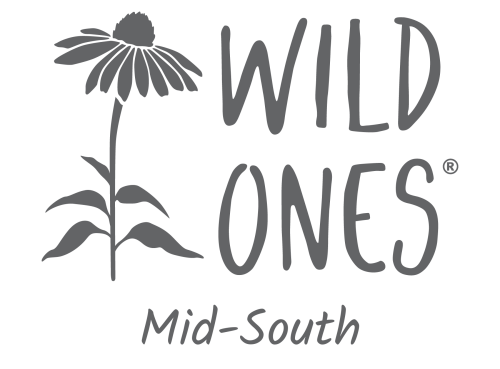2024 Tennessee Native Plant Society Annual Conference
Message from the Tennessee Native Plant Society: Roan Mountain State Park has informed us about some area closures in June that will affect our conference field trips. Two of our field trips, the Saturday AM trip to Grassy Ridge and the Saturday PM trip to the Miller Farmstead, are not affected by the closures. However, […] Continue reading "2024 Tennessee Native Plant Society Annual Conference"
